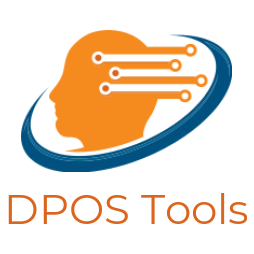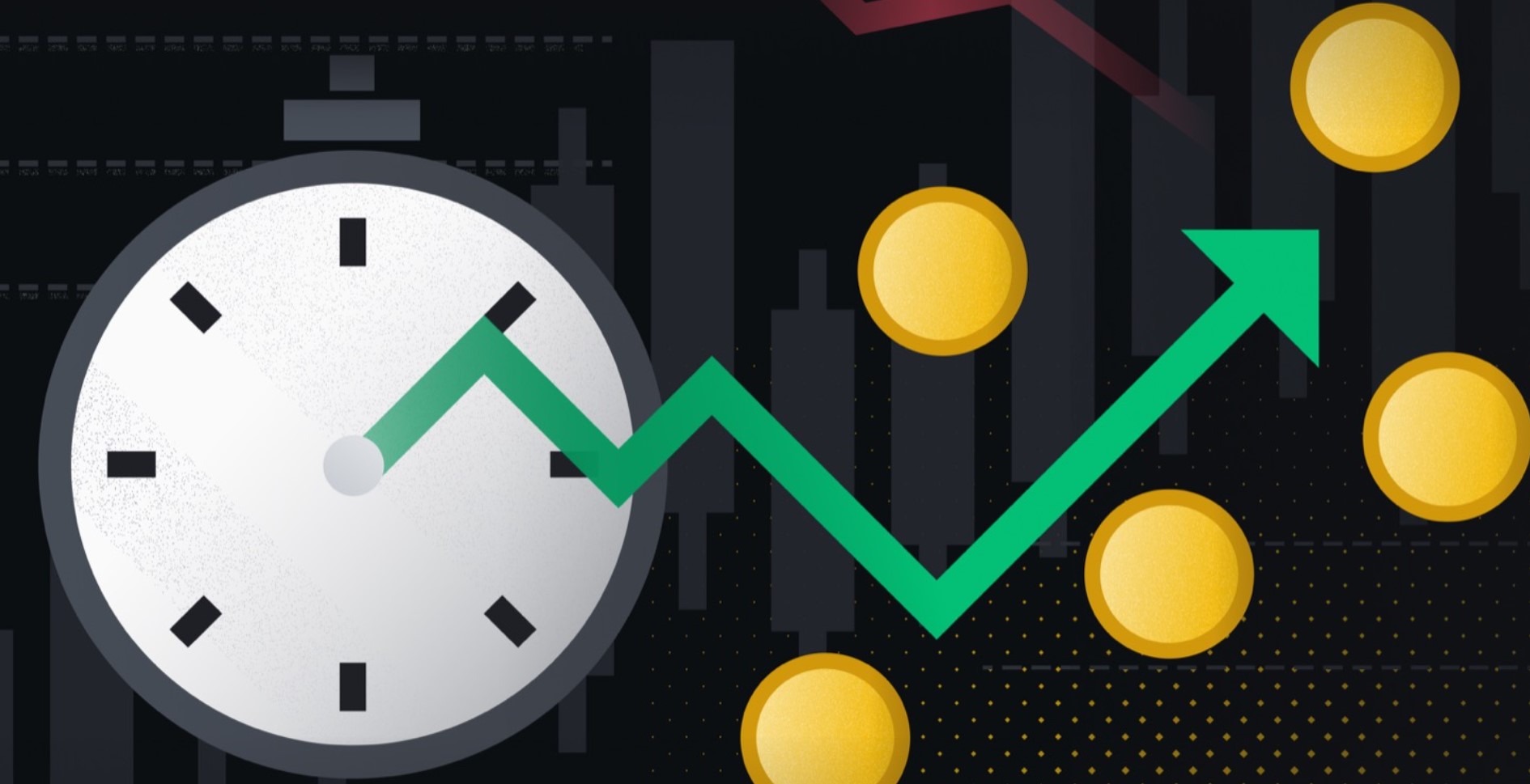Cryptocurrency trading has become a highly lucrative venture, attracting both seasoned traders and newcomers. In this ever-evolving landscape, quantitative analysis plays a pivotal role in making informed trading decisions. This guide is designed to help bot traders harness the power of quantitative analysis to enhance their trading strategies. We’ll delve deep into the nuances of crypto trading and provide valuable insights to navigate this dynamic market successfully.
Understanding Quantitative Analysis
Quantitative analysis involves the use of mathematical and statistical models to evaluate cryptocurrency data. It aims to identify patterns, trends, and potential opportunities in the market. By leveraging quantitative analysis, bot traders can make data-driven decisions that increase their chances of success.
Benefits of Quantitative Analysis
- Objective Decision-Making: Quantitative analysis removes emotional biases from trading decisions. It relies on data and predefined criteria, ensuring objectivity.
- Risk Mitigation: Traders can set risk parameters and stop-loss orders, minimizing the potential for significant losses.
- Automation: Quantitative analysis allows for the automation of trading strategies, enabling traders to respond quickly to market changes.
- Backtesting: Traders can evaluate their strategies using historical data, fine-tuning them for better performance.
Key Metrics to Monitor
To assess the performance of your trading bot, keep an eye on key metrics such as profit and loss, win-loss ratio, drawdown, and trading volume. These metrics provide valuable insights into your bot’s effectiveness.
|
Metric |
Description |
|
Profit and Loss |
Measure of overall trading profitability. |
|
Win-Loss Ratio |
Ratio of winning trades to losing trades. |
|
Drawdown |
The maximum loss experienced by a trading strategy. |
|
Trading Volume |
The total value of assets traded in a specific time. |
The Importance of Data
In the realm of cryptocurrency trading, data is king. Accurate and timely data feeds are essential for bot traders to make informed decisions. Utilizing reliable data sources ensures that your trading strategies are based on real-time information, giving you an edge in the market.
Types of Cryptocurrency Data
- Price Data: Historical and real-time price information for cryptocurrencies.
- Volume Data: Data on the trading volume of cryptocurrencies, indicating market liquidity.
- Market Depth: Information on buy and sell orders at different price levels.
- Sentiment Data: Analysis of social media and news sentiment regarding cryptocurrencies.
Data Sources
When it comes to data sources, reliability is key. Here are some trusted data providers:
- Cryptocurrency Exchanges: Most exchanges provide real-time data on cryptocurrency prices and trading volume.
- APIs: Application Programming Interfaces (APIs) from reputable providers offer access to a wide range of cryptocurrency data.
- News and Forums: Stay informed about market sentiment through reputable news sources and cryptocurrency forums.
- Social Media Analytics: Tools that analyze social media sentiment can help gauge market sentiment.
Building a Trading Bot
Creating a trading bot is a significant step for bot traders. It automates trading processes and executes orders based on predefined criteria. With quantitative analysis, you can fine-tune your bot to respond to market conditions effectively.
Steps to Build a Trading Bot
- Define Trading Strategy: Determine your trading strategy, including entry and exit criteria.
- Select a Programming Language: Choose a programming language like Python for bot development.
- Connect to Data Sources: Integrate your bot with reliable data sources for real-time information.
- Implement Risk Management: Set risk parameters and stop-loss orders to protect your capital.
- Backtest Your Strategy: Test your bot’s performance using historical data.
Recommended Tools
Consider using the following tools and libraries for bot development:
- Python: A popular programming language for bot development due to its versatility and extensive libraries.
- CCXT Library: A cryptocurrency trading library that supports multiple exchanges.
- TradingView: A platform for charting and technical analysis.
Setting Quantitative Parameters
Quantitative analysis involves defining specific parameters and indicators for your trading bot. These parameters include moving averages, Relative Strength Index (RSI), and Bollinger Bands. Setting these parameters correctly is crucial for your bot’s performance.
Key Parameters
- Moving Averages: Used to identify trends, with common periods being 50, 100, and 200 days.
- Relative Strength Index (RSI): Measures the momentum of price movements, indicating overbought or oversold conditions.
- Bollinger Bands: Indicate volatility and potential price reversals.
- MACD (Moving Average Convergence Divergence): Identifies changes in momentum and trend direction.
Backtesting Strategies
Backtesting strategies are a critical step in the journey of a cryptocurrency bot trader. Before taking your trading bot into the live market, it’s imperative to put your strategies through the paces of historical data. Backtesting involves simulating your bot’s trading decisions based on past market conditions. By doing so, you gain valuable insights into how your bot would have performed under different scenarios.
One of the primary advantages of backtesting is its ability to uncover potential weaknesses in your trading strategies. It allows you to see where your bot may have made errors or missed out on profitable opportunities in the past. This historical perspective is invaluable in refining and optimizing your bot’s algorithms, making it better equipped for the dynamic and often unpredictable world of cryptocurrency trading.
In essence, backtesting serves as a laboratory for your bot, where you can experiment with different settings, indicators, and parameters. It’s a crucial step in the quest for a successful trading bot, helping you build confidence in your strategies and ultimately increase your chances of success when you go live in the cryptocurrency market.
Quantitative Analysis in Practice
Let’s delve into a practical example of quantitative analysis in crypto trading. Suppose you’re trading Bitcoin (BTC) using a trading bot. You’ve set specific parameters and indicators, and your bot is live in the market.
In the past week, BTC has experienced significant price fluctuations. By analyzing historical data and applying your quantitative parameters, your bot identifies a potential buying opportunity as the price reaches a predefined support level.
Your bot executes a buy order, and within a few hours, the price of BTC surges, resulting in a profitable trade. This is the power of quantitative analysis in action.
FAQs (Frequently Asked Questions)
- What is quantitative analysis in crypto trading? Quantitative analysis in crypto trading involves using mathematical and statistical models to analyze cryptocurrency data and make data-driven trading decisions.
- Why is quantitative analysis important for bot traders? Quantitative analysis is crucial for bot traders as it helps them make informed decisions, automate trading strategies, and increase their chances of success in the crypto market.
- How do I build a trading bot for crypto trading? Building a trading bot involves coding, defining trading parameters, and backtesting strategies. It’s recommended to have programming skills or seek assistance from developers.
- What are some popular quantitative analysis tools for crypto trading? Popular tools for quantitative analysis in crypto trading include TradingView, Coinigy, and CryptoCompare, which provide charting and technical analysis capabilities.
- How can I manage risk in crypto trading with bots? Risk management in crypto trading involves setting risk parameters, using stop-loss orders, and maintaining a balance between risk and reward.
- Can I use quantitative analysis alongside fundamental analysis in crypto trading? Yes, many traders combine quantitative analysis with fundamental analysis to make well-rounded trading decisions.
Quantitative analysis is a powerful tool in the arsenal of bot traders in the cryptocurrency market. By understanding how to harness data, build effective trading bots, and manage risk, you can navigate the crypto trading landscape with confidence. Stay informed, adapt to market changes, and continuously refine your strategies to succeed in this exciting and dynamic space.

